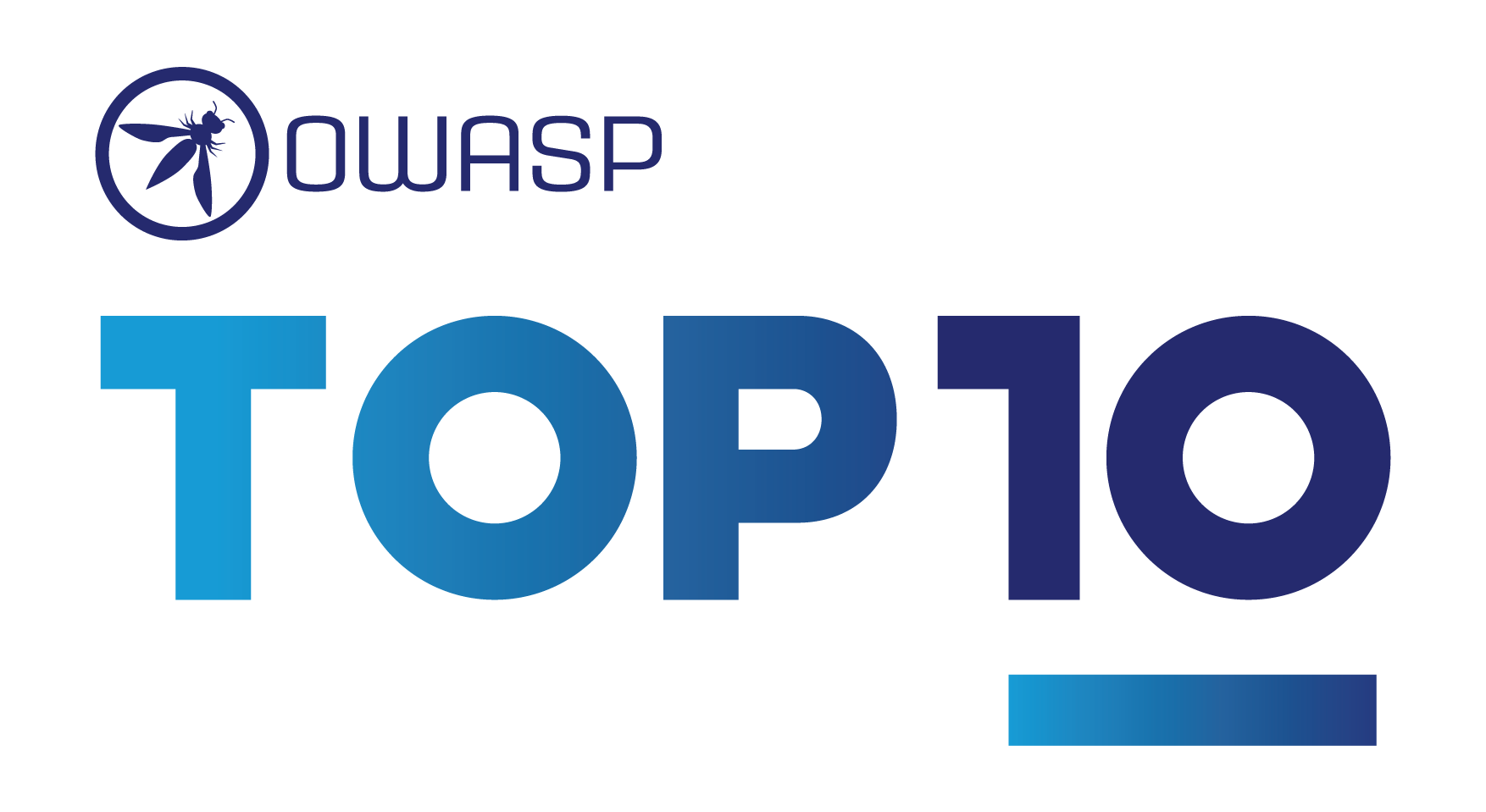If you’re interested in cybersecurity, you may have heard of the OWASP Top 10. This is a list of the most critical web application security risks, which is updated every few years to reflect changes in the threat landscape and the evolution of technology.
If you’re just getting into Application Security (AppSec) or if you’re looking for the bare minimum testing you need to perform on an application you’re building or a vendor app you’re vetting, OWASP Top 10 should be your starting point. However, note that it’s not the final destination.
What is OWASP Top 10?
The OWASP Top 10 is a list of the most critical web application security risks. It’s updated every few years to reflect changes in the threat landscape and the evolution of technology. The current version, OWASP Top 10 2021, is based on data from hundreds of organizations and experts around the world.
The OWASP Top 10 is organized into ten categories, with the most critical risk at the top. Here are the categories:

- A01 Broken Access Control
- A02 Cryptographic Failures
- A03 Injection
- A04 Insecure Design
- A05 Security Misconfiguration
- A06 Vulnerable and Outdated Components
- A07 Identification and Authentication Failures
- A08 Software and Data Integrity Failures
- A09 Security Logging and Monitoring Failures
- A10 Server Side Request Forgery (SSRF)
Each category includes a description of the risk, examples of how it can be exploited, and guidance on how to prevent or mitigate the risk.
Features
The OWASP Top 10 is a widely recognized and respected standard for web application security. It’s used by developers, security professionals, auditors, and regulators around the world. Here are some of its features:
- Comprehensive: The OWASP Top 10 covers the most critical web application security risks, so it’s a good starting point for any organization that wants to improve its security posture.
- Practical: The guidance in the OWASP Top 10 is actionable and specific. It includes examples and best practices that can be applied to real-world scenarios.
- Free: The OWASP Top 10 is a community-driven project, and the information is available for free on the OWASP website.
Who should use it?
The OWASP Top 10 is relevant to anyone who is involved in the development, deployment, or operation of web applications. Here are some examples:
- Developers: The OWASP Top 10 can help developers understand the most critical risks and how to avoid them when writing code.
- Security professionals: The OWASP Top 10 can help security professionals identify vulnerabilities and assess the security of web applications.
- Auditors: The OWASP Top 10 can be used as a checklist for auditing web applications.
- Regulators: The OWASP Top 10 can be used as a benchmark for regulatory compliance.
Cautions and Drawbacks
While the OWASP Top 10 is a useful tool, it does have some limitations. One of the main limitations is that it’s focused on web application security risks, so it may not be relevant to organizations that don’t have web applications. Additionally, the guidance in the OWASP Top 10 is not always prescriptive and may require interpretation or adaptation to fit specific scenarios.
In comparison, the OWASP ASVS (Application Security Verification Standard) is a more comprehensive and prescriptive standard that covers a wider range of security controls and verification requirements. The OWASP ASVS includes three levels of verification, with increasing levels of rigor and coverage. Organizations that require a more detailed and structured approach to web application security may find the OWASP ASVS to be a better fit than the OWASP Top 10.
Conclusion
The OWASP Top 10 is a valuable resource for anyone who wants to improve the security of their web applications. It provides a comprehensive and practical overview of the most critical risks and guidance on how to mitigate them.


[…] a great new resource when you least expect it. I found these cheat sheets when I was adding the OWASP Top 10 to MCR. I'd never seen them before and they turned out to be a great source of general information […]